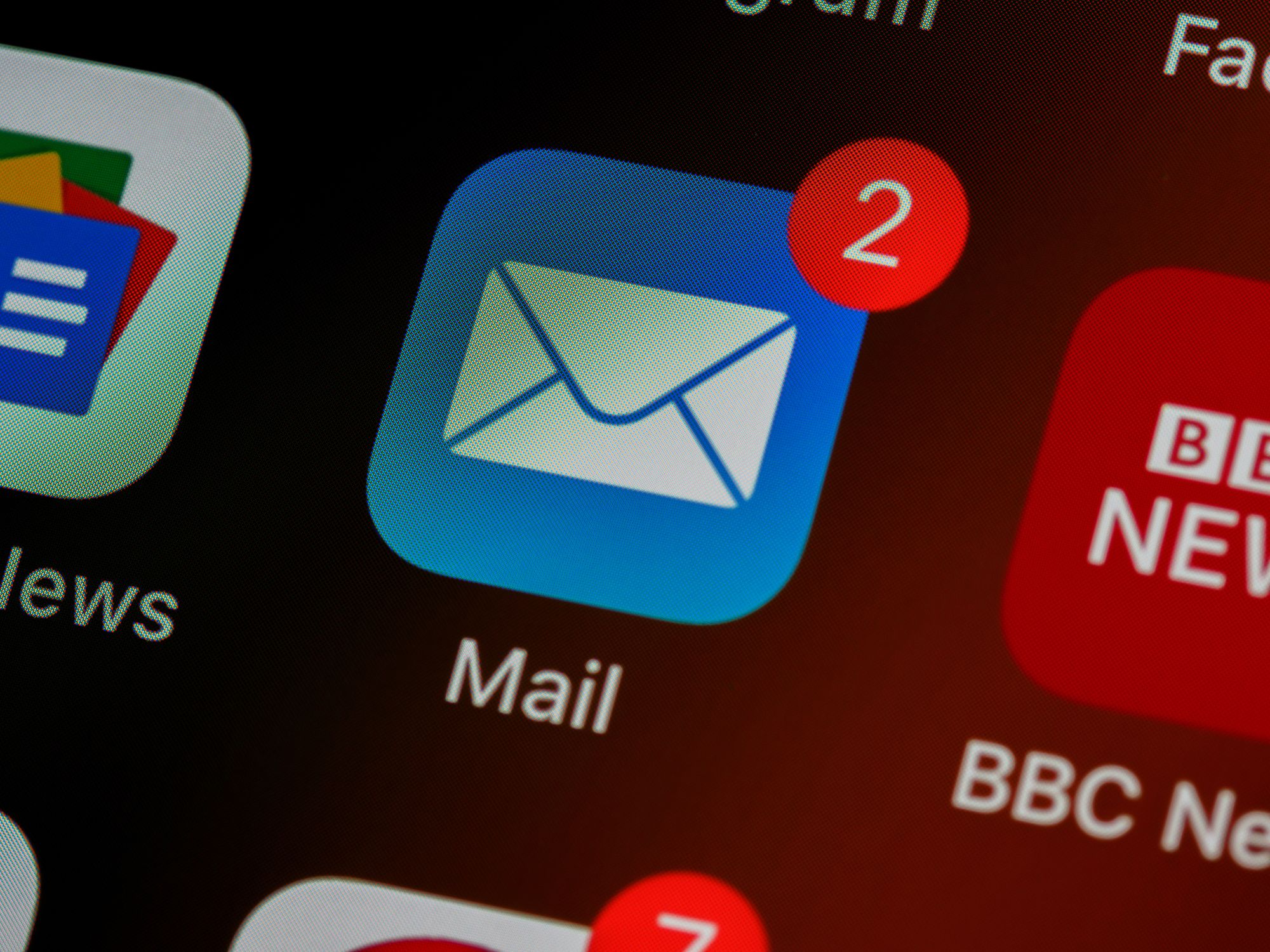In today's digital age, email remains a crucial communication tool for businesses and individuals alike. However, reaching your recipients' inboxes is not as simple as hitting the send button. The success of your email marketing campaigns depends heavily on email deliverability. In this comprehensive guide, we will delve into the intricacies of email deliverability and provide you with expert tips and strategies to enhance your email delivery rates, increase engagement, and drive better results.
Understanding Email Deliverability
Email deliverability refers to the ability of an email to reach its intended recipient's inbox successfully. It is influenced by various factors, including the sender's reputation, content quality, engagement metrics, and adherence to best practices. High email deliverability ensures that your messages land in the inbox instead of getting flagged as spam or bouncing.
Factors Affecting Email Deliverability
- Sender Reputation: Your sender reputation is determined by your sending IP address and domain. ISPs evaluate your reputation based on factors like spam complaints, bounce rates, and engagement metrics. Maintaining a positive sender reputation is crucial for high deliverability.
- Content Quality: The content of your emails plays a significant role in determining deliverability. Avoid using excessive capitalization, spam trigger words, and misleading subject lines. Craft relevant, personalized, and engaging content that adds value to your recipients.
- List Quality: The quality of your email list directly impacts deliverability. Regularly clean your list to remove invalid or inactive email addresses. Use double opt-in to ensure that subscribers genuinely want to receive your emails, reducing the likelihood of spam complaints.
- Authentication and Infrastructure: Implement email authentication protocols like SPF (Sender Policy Framework), DKIM (DomainKeys Identified Mail), and DMARC (Domain-based Message Authentication, Reporting, and Conformance) to prove the authenticity of your emails and prevent spoofing or phishing attempts.
- Engagement Metrics: ISPs closely monitor recipient engagement to determine the relevance and quality of your emails. Metrics such as open rates, click-through rates, and time spent reading emails influence your deliverability. Aim to engage your subscribers with compelling content and interactive elements.

Best Practices for Improved Email Deliverability

- Build a Positive Sender Reputation: Regularly monitor your sender reputation using reputable email deliverability tools. Minimize spam complaints by providing clear unsubscribe options and honoring opt-out requests promptly. Engage with your subscribers and encourage them to whitelist your email address.
- Segment and Personalize Your Emails: Tailor your email content to specific segments of your audience, ensuring relevance and personalization. Use data-driven insights to send targeted messages that resonate with your recipients, leading to higher engagement and lower unsubscribe rates.
- Maintain a Clean Email List: Regularly remove invalid, dormant, or inactive email addresses from your list. Implement a re-engagement campaign to win back inactive subscribers. Use email validation services to verify the authenticity and deliverability of your contacts.
- Optimize Email Design and Formatting: Ensure your emails are visually appealing, mobile-responsive, and accessible across different email clients and devices. Keep your design simple and avoid excessive images or large file sizes that may trigger spam filters or slow down loading times.
- Test Before Sending: Use email testing tools to preview your emails across various platforms, check for spam triggers, and identify formatting or rendering issues. A/B test subject lines, preheaders, and content to optimize your campaigns for higher open and click-through rates.
FAQs about Email Deliverability
Q1: How can I check my email deliverability rate?
A: You can use reputable email deliverability tools like Mailtrap, Campaign Monitor, or ActiveCampaign to assess your deliverability rate and gain insights into potential issues.
Q2: How can I avoid my emails being marked as spam?
A: Avoid using spam trigger words, misleading subject lines, or excessive capitalization. Implement email authentication protocols (SPF, DKIM, DMARC) and follow best practices for content quality, list hygiene, and engagement metrics.
Q3: What should I do if my emails are bouncing?
A: Bounces can occur due to invalid or inactive email addresses, technical issues, or sender reputation problems. Regularly clean your email list, fix any technical issues, and monitor your sender reputation to minimize bounces.
Q4: How can I improve recipient engagement with my emails?
A: Personalize your emails, craft compelling content, and include interactive elements like polls or surveys. Monitor engagement metrics and segment your audience to send targeted and relevant messages.
Q5: Are there any specific metrics I should focus on to optimize deliverability?
A: Key metrics to monitor include open rates, click-through rates, unsubscribe rates, and spam complaints. These metrics provide insights into the quality and relevance of your emails.
Conclusion
Email deliverability is a critical factor in the success of your email marketing efforts. By understanding the factors influencing deliverability and implementing best practices, you can significantly improve your inbox placement rates, engage your audience, and achieve better results from your email campaigns. Stay proactive, monitor your sender reputation, and adapt to evolving industry standards to ensure your emails consistently reach the intended recipients' inboxes.

